Collectibles not to be missed when traveling in Tibet
1. Dzi beads
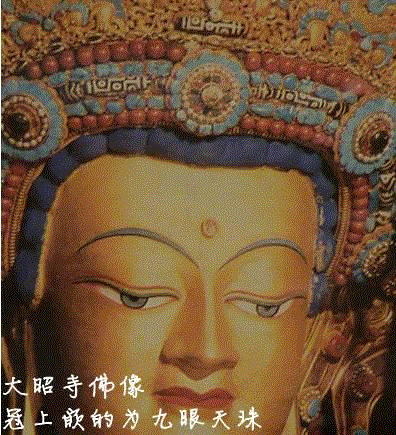
Dzi beads are rare gems mainly found in the Himalayan mountain areas of Tibet, eastern Tibet, Bhutan, Sikkim, Ladakh and other places. They have been passed down for 2000 to 2500 years. According to the legend, Dzi beads were originally “god’s treasures” that came down to earth and were discovered by the Tibetan people. As a result, Tibetan people still believe Dzi beads to be “heaven stones”.
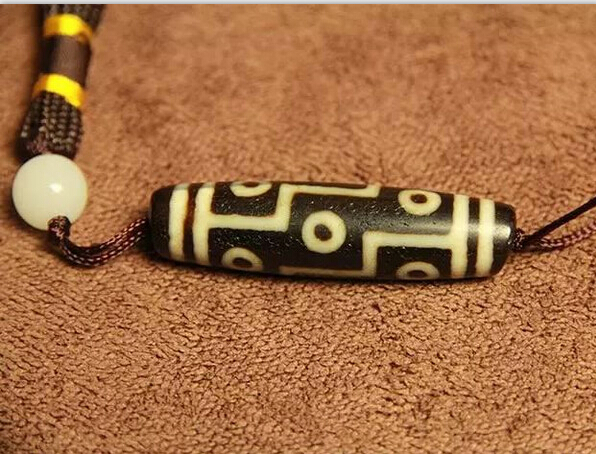
Dzi beads can have one eye, two eyes and even up to nine, 12 or 17 eyes; the more eyes, the higher the price. Among them, the nine-eyed Dzi is the most valued and held in the highest regard. Tibetans attach great importance to the nine-eyed Dzi as it contains the symbol and image of the totem.
2. Old beeswax
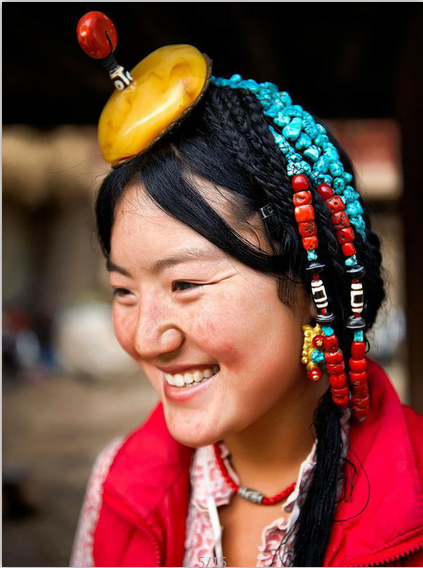
Buddhism is widespread in Tibet and beeswax is one of the seven treasures of Buddhism. Esoteric, Hua Yen, Fa Hua School of Buddhism and other sects use beeswax to worship the Buddha and show unity. It is true that there is a lot of beeswax in Tibet, but this is known as “Tibetan beeswax” and originates from the Baltic Sea region.
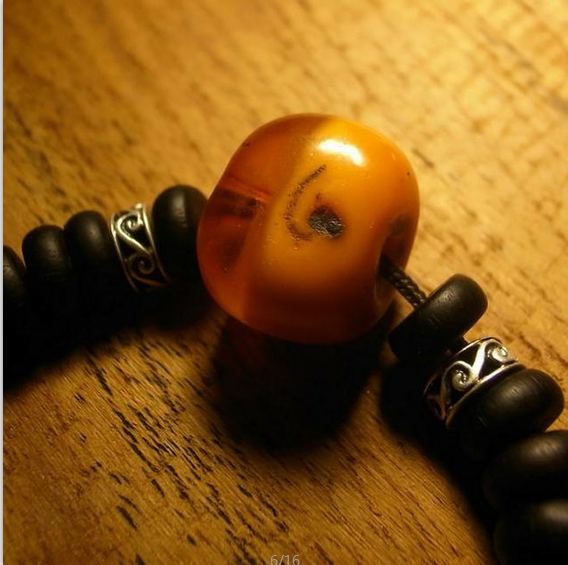
Tibetan beeswax was passed down through generations of Buddhist monks and is used to consecrate holy relics. Its effectiveness is far superior to ordinary beeswax and the quantity passed down is limited. Genuine old Tibetan beeswax is a collector’s treasure. Some is in the hands of native ethnic groups to pass down, but as most Tibetans are Buddhist and see beeswax as one of the seven treasures and a family treasure to be passed through the generations, it is generally not sold. This kind is genuine antique beeswax.
3. Red coral
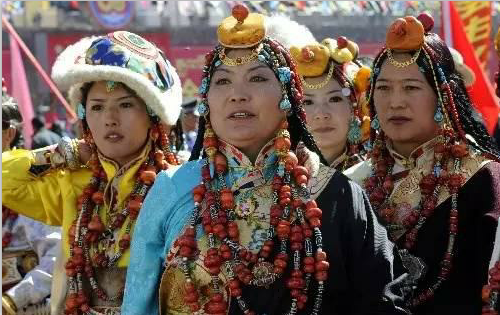
On the vast Tibetan Plateau people like to wear red coral decorations. From Kham to Ngari, the richly colored coral comes in a number of different colorful styles. The life-like bright red of Tibetan coral jewelry never ceases to amaze Tibet lovers. Those coral necklaces, headwear, earrings and rings come to the roof of the world from the ocean into the loving arms of Tibetan people.
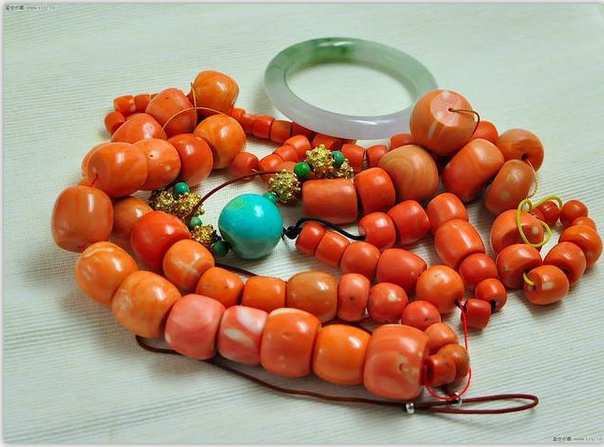
Red coral plays a pivotal role in Tibetan life. It is not only seen as an aesthetic necessity and the wealth of secular life, but more importantly it embodies the uninhibited cultural spirit and religious beliefs of Tibetan people. At the same time, the importance of red coral in Tibetan apparel reflects the profound religious and cultural ties between Han and Tibetan people.
4. Old prayer beads
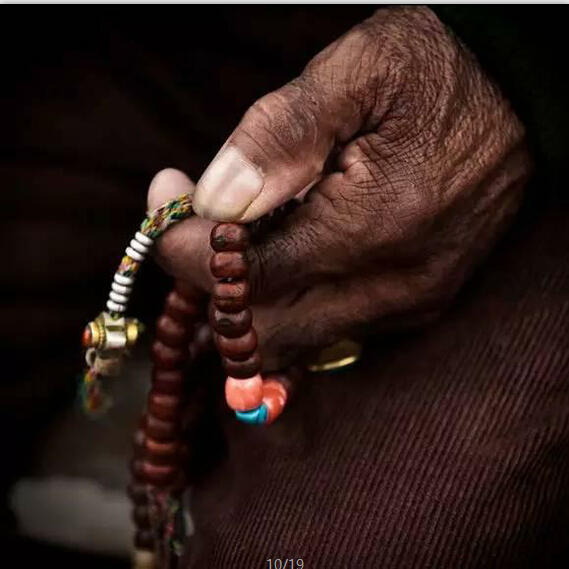
Speaking of old Tibetan prayer beads makes one think of the layer of beads worn by Tibetan people. They are handed down through generations of Tibetans and not only have intrinsic value, but also a profound meaning. In addition, the Tibetan Buddhism gives the prayer beads a mystical significance along with years of sutra enchantment. The oily wrapped slurry that is smooth, delicate and pleasant to touch; plain and easy on the eye; and with an intrinsic value far higher than new prayer beads, they are very popular.
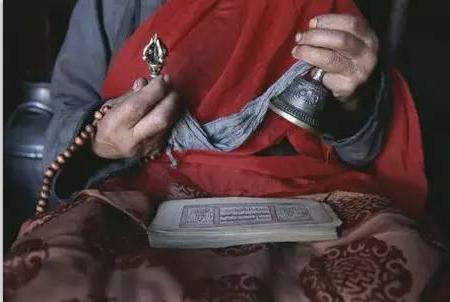
5. Caulis Spatholobi
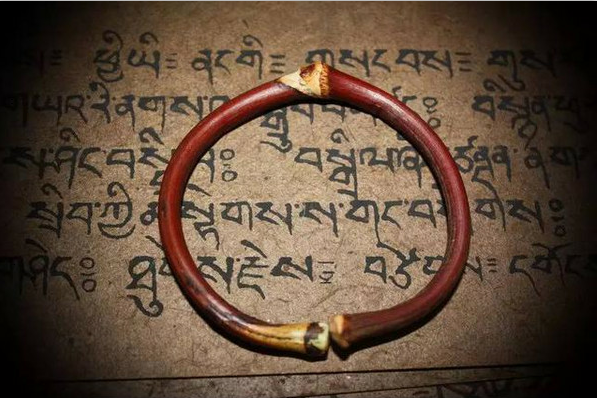
Rattan bracelets are one of the oldest types of Tibetan jewelry and are known as “Ba” in Tibetan. “Ba” is a type of pure natural herb that grows in the mountains at an altitude of above 4000 meters. It is buried in the ground and dug up every 12 years and there are only two months of the year that it can be picked (Rattan picked in September to November is the most precious). Because it contains Tibetan medicine and mining is now restricted, it is extremely valuable. It originates from the foot of Shannan’s Mount Zari (Daba Xiri Holy Mountain) and used to be made for the monks of Zari Jijia Temple. When worn on the wrist it can relieve join pain all over the body and because it is found at the foot of a holy mountain, wearing it is very auspicious.
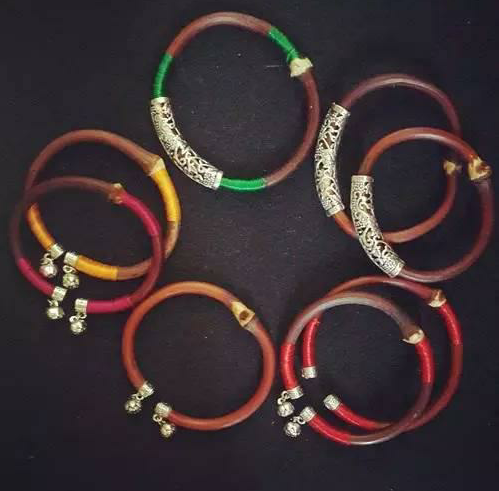
When devout Tibetan believers gather together, whether rich or poor, they have one thing in common: they will always wear one or more items of Tibetan jewelry. Only when these collectibles are in Tibet can such a beautiful legend exist. Perhaps only when these collectibles are in Lhasa can these legends exist. Perhaps these collectibles belonged to Lhasa..
Your Comment
Name E-mailRelated News
-
;
-
-
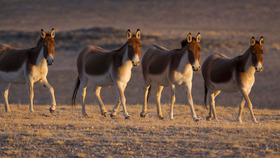
-
Big population of Tibetan donkeys and goas discovered at Qilian Mo
A big population of the animals currently under national protection including Tibetan chigetais and Tibetan goas was found.
-
-
-
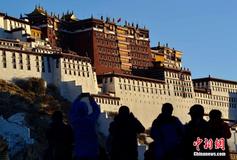
-
Dalai Lama murder plot 'a stunt': Tibet
State-run website tibet.cn reported Monday that police in India area "framing" China by beefing up security to safeguard the Dalai Lama.
-
-
-

-
Resumed Gyirong Port boosts trade with Nepal
Since Gyirong Port opened again on Oct. 13, 2015, it has revived trade with Nepal.
-
-
-

-
22.1 bln yuan signed in Tibet's largest syndicated loan contract
China Development Bank (CDB) and Tibet Development and Investment Group Co., Ltd. have signed a 22.1 billion yuan syndicated loan contract for government investment and construction projects.
-
-
-

-
Farmers irrigate fields in Tibet
Farmers take a rest after irrigating the fields in Linzhou county, southwest China's Tibet Autonomous Region, Jan. 2, 2016.
-
-
-

-
Tibet sees growth in wildlife population
Southwest China's Tibet autonomous region has seen its wildlife population increase in recent decades thanks to protective measures.
-











